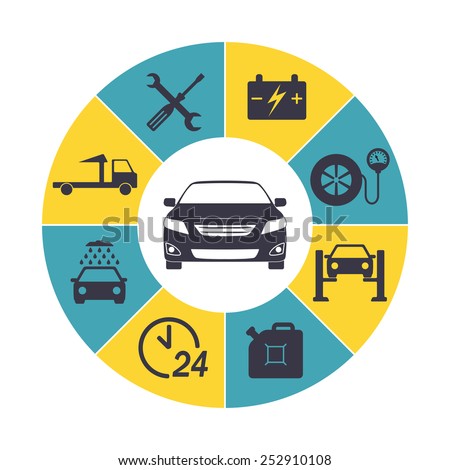Open Up The Hood To Discover Usual Brake System Concerns And Their Repairs, But What Concerning Squishy Brake Pedals? Discover The Option Ahead! Discover More Listed Below
Open Up The Hood To Discover Usual Brake System Concerns And Their Repairs, But What Concerning Squishy Brake Pedals? Discover The Option Ahead! Discover More Listed Below
Blog Article
Content Created By-Flynn Reynolds
When it involves your vehicle's brake system, recognizing typical concerns can conserve you from prospective safety dangers. From recognizing brake pad wear to attending to brake fluid leakages, recognizing exactly how to take on these troubles is necessary. But what about those spongy brake pedals? There's a solution for that also. Remain tuned to learn more concerning these concerns and the practical solutions that can keep you safely on the road.
Brake Pad Wear and Replacement
When it concerns maintaining your car's brake system, one critical element to watch on is the wear and substitute of brake pads. Brake pads are vital components that press versus the brake blades to reduce or quit your car. Gradually, these pads wear down due to friction, requiring normal examination and replacement to guarantee your brakes operate successfully.
To establish if your brake pads require substitute, pay attention for shrieking or grinding noises when you apply the brakes. In find out this here , if your vehicle takes longer to stop or you observe resonances or pulsations when braking, it may be time to change the brake pads.
Disregarding worn brake pads can result in reduced braking performance, damages to various other brake parts, and even brake failing.
Changing brake pads is a relatively straightforward procedure for several cars. Nonetheless, if you're unclear or uncomfortable performing this task, it's best to get in touch with an expert technician to make certain appropriate setup and optimal brake performance.
On a regular basis checking and changing brake pads is crucial for your safety and security and the long life of your car's braking system.
Brake Liquid Leaks and Maintenance
To ensure your car's brake system works efficiently, it is necessary to also take note of brake liquid leakages and upkeep. Brake liquid is critical for sending the force from your foot on the brake pedal to the real braking mechanism. One usual concern with brake liquid is leakages, which can occur as a result of scrubby brake lines, seals, or links. If https://oil-change-deals-near-me73950.tkzblog.com/29828676/figure-out-the-important-steps-in-a-cleansing-list-to-maintain-your-automobile-s-interior-in-top-notch-problem-and-inviting observe a puddle or drips under your vehicle, it's essential to deal with the leakage immediately to stop a potential brake failing.
Frequently examining https://trentonoicwp.dreamyblogs.com/30293745/dive-into-the-world-of-auto-mechanic-certifications-and-see-just-how-they-can-enhance-your-car-maintenance-journey is essential to maintaining your brake system. Reduced brake fluid can cause air going into the brake lines, which compromises braking efficiency.
Furthermore, old or contaminated brake liquid can impact the total performance of your brakes. It's suggested to adhere to the producer's standards on when to transform the brake liquid, typically every 2 years.
Spongy Brake Pedal: Bleeding Brakes
If you have actually ever before experienced a mushy brake pedal while driving, you understand the relevance of preserving a firm and receptive braking system. One typical source of a squishy brake pedal is air trapped in the brake lines. When air enters the brake system, it can lead to a loss of hydraulic pressure, leading to that upsetting mushy sensation when you press the brake pedal.
To fix this issue, bleeding the brakes is required. Hemorrhaging the brakes includes getting rid of the air from the brake lines to restore correct hydraulic pressure.
To bleed the brakes, you'll require an assistant to help you. Start by locating the brake bleeder valve on each wheel, normally discovered near the brake caliper. With a wrench, loosen the shutoff and have your assistant press the brake pedal while you observe any kind of air bubbles coming out. Repeat this procedure for each wheel, starting from the wheel farthest from the master cyndrical tube and moving better.
When you no longer see air bubbles and only clear liquid arises, tighten the shutoff and top up the brake liquid storage tank as needed. Hemorrhaging the brakes helps make certain a firm brake pedal and boosts overall stopping performance.
Final thought
Now that you comprehend usual brake concerns and how to repair them, you can ensure your car's safety and security and efficiency. Remember to listen for indication like shrilling sounds or mushy brake pedals, and address them quickly. Normal maintenance and timely replacements are essential to keeping your brakes in top condition. Keep aggressive and attentive to your brake system to delight in safe and dependable driving experiences.
